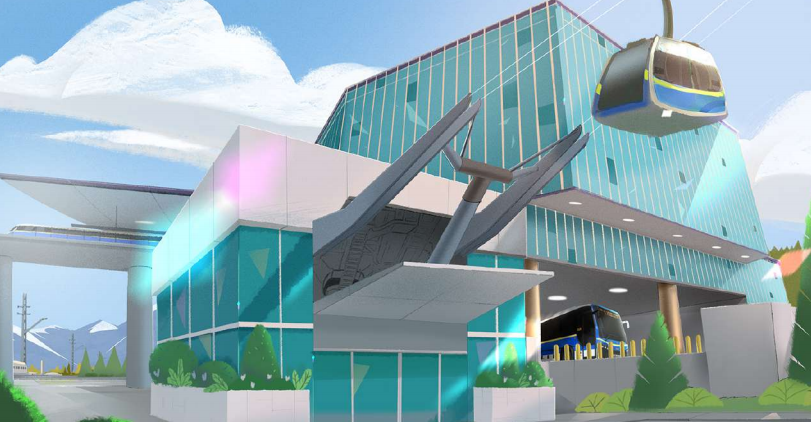Editor:
An open letter to George Heyman, minister responsible for TransLink:
I am writing to you regarding the proposal that taxpayers finance, construct and operate a Burnaby Mountain gondola system.
This proposal is being developed and promoted in a less-than-transparent manner. The public engagement process seems manipulated to simply be able to announce the foregone conclusion. That is why I am reaching out directly to your office.
How could anyone be considered in agreement with a proposal whose cost-benefit comparison model, as provided by TransLink, is with a diesel bus technology that has already been replaced by natural gas buses? Electric buses have already been scheduled for use on this route. Where is the cost comparison for this alternative? If TransLink does not believe they need this knowledge to support the decision, then what are they basing their decision on?
The proposal’s rationale says the problem SFU wants to solve is the administration’s concern about excessive student travel time. This being the case, why is the gondola terminus not the SFU transportation site near the academic centre, but is instead to be located across the campus near the UniverCity Town Square? This gondola proposal also ignores whether the university plans to continue offering its online course programs.
The proposal’s actual origins are with the SFU Trust, who developed the UniverCity residential neighbourhood. A group not famously concerned about undergrad travel convenience. In fact, they have in the past demanded SFU not declare any snow day class cancellations during the marketing of UniverCity residences. Why SFU snow days? The curious decision to use single-drive wheel buses on a snowy hill route started the current problem with not being able to get students up the hill.
Ridership expectations appear to rival the entire campus population numbers. How will area residents and visitors be encouraged not to bring their cars? What new use can be found for the suddenly unneeded lovely flat parking areas with a fantastic view?
Perhaps I am being too bleak so I will wait until the business case becomes necessary and is updated to reflect current technology, and not horse-and-buggy thinking.
Brian Ferguson, Burnaby



